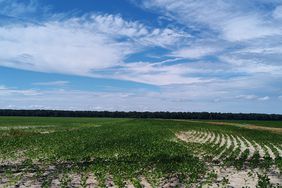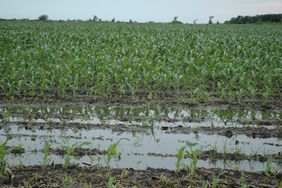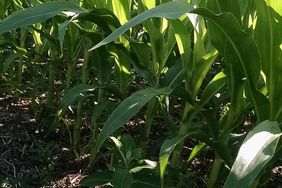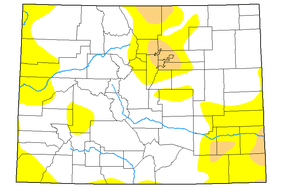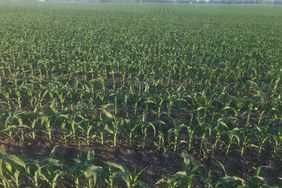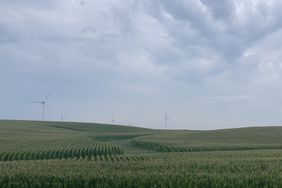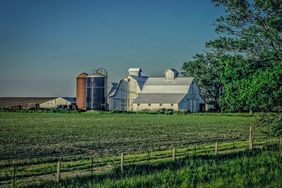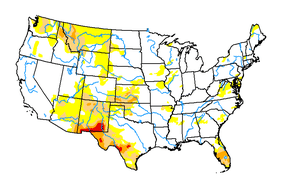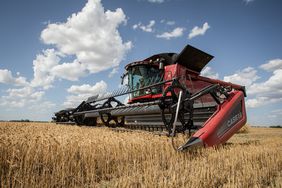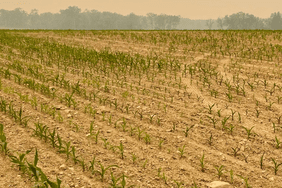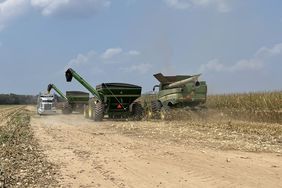:max_bytes(150000):strip_icc()/MissSoybeanHarvest2-16c6f1c074d04cd8995af96a7761d180.jpg)
The first few days of October 2023 were unseasonably hot across the United States Corn Belt with summer-like heat. According to data from WeatherTrends360, the week ending Oct. 7 was the fifth-warmest first full week of October in 30-plus years for the Corn Belt as a whole. Temperatures came crashing down by the end of the week with widespread freeze in the northern and central Plains. Luckily, the percentage of corn crop that has reached maturity has been running well ahead of the five-year average and last year so damage to the crop should be minimized.
:max_bytes(150000):strip_icc()/weathertrends360oct9-ccbad6752972416383b22ce6d5e16e84.jpg)
weathertrends360
Precipitation trended near normal in the first full week of October 2023 for the Corn Belt as a whole. Showers and storms ushered in a change from the early week summer-like warmth to more autumn-like conditions by the end of the week. Precipitation coverage was spotty, largely missing areas of eastern Iowa, southern Wisconsin, and northern Missouri. Meanwhile, over an inch of rain fell in southwestern Missouri, central Illinois, northern Indiana, and western Michigan. Drier areas will have seen good progress in the corn harvest in the first week of October. That said, drought continues to be an issue across much of the central Corn Belt.
There will again be a risk of frost and freeze in the second full week of October 2023, week ending Oct. 14. For the Corn Belt as a whole, this is forecast to be the seventh-coldest second week of October in 30-plus years, according to WeatherTrends360. Drier weather in the first half of the week will help harvest to progress but wetter weather in the second half of the week could then slow down operations. The next significant shot of cold air may hold off until the final full week of October, week-ending Oct. 28.


